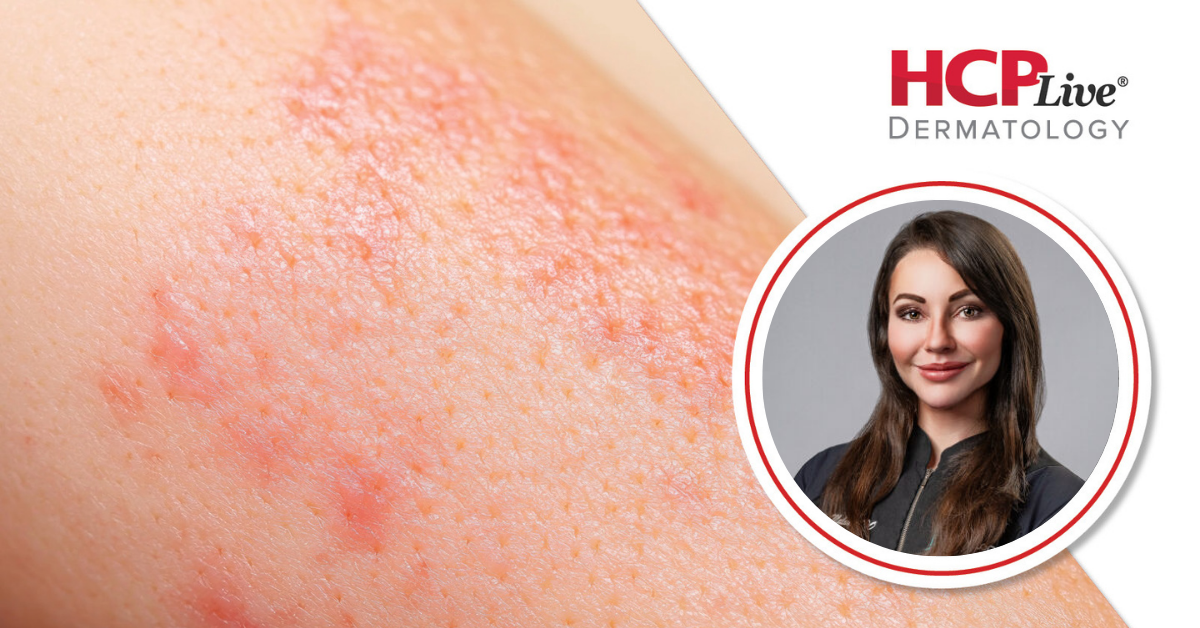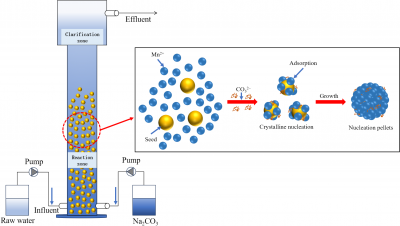At the 2025 Society of Dermatology Physician Associates (SDPA) Fall Conference held in San Antonio, Gabriela Maloney, DO, from Forefront Dermatology, presented a session on the use of off-label Janus-kinase (JAK) inhibitors in dermatology. Following her presentation, Maloney participated in an interview with HCPLive, where she emphasized the comparative safety and efficacy of JAK inhibitors relative to traditional treatments such as systemic steroids and methotrexate.
Maloney highlighted that JAK inhibitors generally exhibit a lower incidence of severe side effects compared to other options. She stated, “When you compare it to side effects of chronic systemic steroid use, Cushing’s syndrome, hyperglycemia, diabetes, hypertension, osteoporosis, osteonecrosis, you name it, those side effects pale in comparison.” In contrast, systemic treatments like methotrexate, which is used as a chemotherapy drug, can lead to significant toxicities, including pulmonary, renal, and bone marrow toxicity.
While acknowledging the absence of direct comparative studies on the safety of JAK inhibitors versus systemic steroids and methotrexate, Maloney asserted that clinicians should carefully consider the side effect profiles when making treatment decisions.
Emerging JAK Inhibitors in Dermatology
During the interview, Maloney discussed promising JAK inhibitors such as abrocitinib (Cibinqo) and upadacitinib (Rinvoq). She noted that these medications show potential in treating conditions like vitiligo and hidradenitis suppurativa (HS) without causing significant lipid alterations or weight gain, which are common concerns with other treatments.
Maloney remarked, “I think one that’s really a hot topic right now is upadacitinib, or Rinvoq. There’s a lot of trials going on for this, for vitiligo and HS as well. So hopefully we’ll have more availability pretty soon.” She further emphasized that Cibinqo does not bind to JAK2, which contributes to its favorable safety profile.
As the landscape of dermatological treatments continues to evolve, the insights shared by Maloney at the SDPA conference underscore the importance of ongoing research and discussion regarding the safest and most effective options for patients.
For more information on the latest developments in dermatology presented at the 2025 SDPA Fall Conference, visit our site’s coverage of the event. The quotes used in this summary have been edited for clarity.







